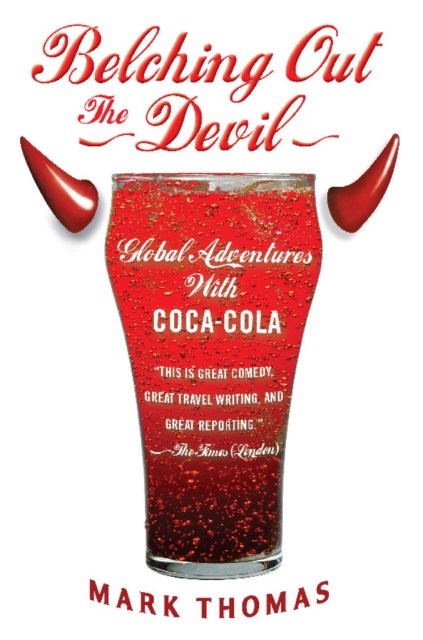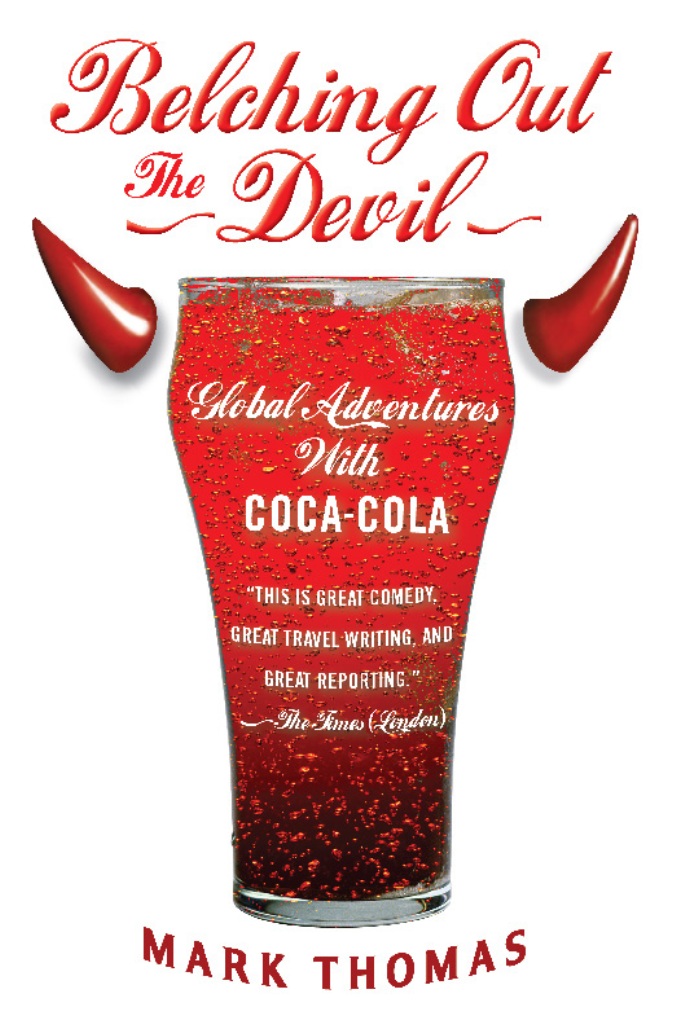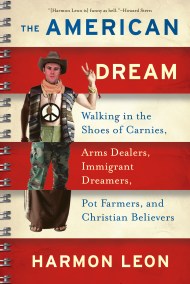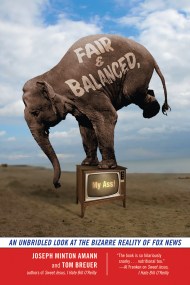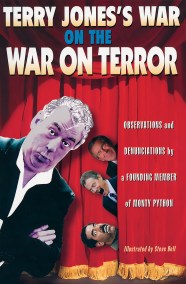Promotion
25% off sitewide. Make sure to order by 11:59am, 12/12 for holiday delivery! Code BEST25 automatically applied at checkout!
By clicking “Accept,” you agree to the use of cookies and similar technologies on your device as set forth in our Cookie Policy and our Privacy Policy. Please note that certain cookies are essential for this website to function properly and do not require user consent to be deployed.
Belching Out the Devil
Global Adventures with Coca-Cola
Contributors
By Mark Thomas
Formats and Prices
- On Sale
- Jun 2, 2009
- Page Count
- 384 pages
- Publisher
- Bold Type Books
- ISBN-13
- 9780786747566
Price
$11.99Format
Format:
ebook $11.99This item is a preorder. Your payment method will be charged immediately, and the product is expected to ship on or around June 2, 2009. This date is subject to change due to shipping delays beyond our control.
Buy from Other Retailers:
At once hilarious and disturbing, Thomas builds a very detailed and damning case against the world’s most ubiquitous drink.
Newsletter Signup
By clicking ‘Sign Up,’ I acknowledge that I have read and agree to Hachette Book Group’s Privacy Policy and Terms of Use
